The subfloor is installed in a very similar way to the roof tiles themselves. We overlap the edges to make sure that every centimeter of the roof is covered. But it's not enough to endure a whole winter. So, yes, the base of the roof can get wet.
If applied correctly, that base coat will keep water out for months and will withstand significant prolonged rain. The subfloor is set as shingles as we overlap the edges ensuring that every inch of the roof is covered. It's not enough here to endure the winter. Therefore, a subfloor for ceilings can get wet.
Roofing felt, also known as tar paper or underlayment, is used to protect the roof from perception. Getting wet is not a problem in small doses. However, prolonged exposure, longer than three days, can compromise the roofing felt and cause it to crumple or break. The felt that rains no matter how well it is held (IMO) will have bubbles, it helps to let it dry before roofing, but there will be bubbles.
Aside from the damage it could cause to your house or unfinished roof, it's harder to work in the rain. It might not even be safe for roofers to work on the roof during rain, so you shouldn't take these risks. If you are replacing older roofing felt that contains asbestos, store it in a plastic bag before disposing of it in the toxic waste service. In situations like this, you can temporarily secure the roof and plug the gap while you wait for a dry period so that it can be fixed properly.
In most roofing jobs, rain will mean quickly covering any open area with tarpaulins and securing the area. But, if the surface underneath is wet, it can lead to dissolution of the subfloor and roofing felt. With the new construction, you have more time to observe it and see if any bulges or waves flatten out as the house is built before final acceptance, but if you don't notice the problem to the builder and you have problems with the wet surface roof as you go (or as soon as you hear about it) and leave a record that you consider that the construction is poor, then if you end up with an undulating or undulating roof surface, it will be too late to get satisfaction from it. Usually, a day or two in the rain will not damage the roofing felt too much, but moderation is needed.
I've been using select roofing felt that doesn't wrinkle or bubble as badly as regular felt when it gets wet. Essentially, the structure of a roof using felt will be first the shingles on top, second the felt, and then third the felt on top of the structure itself. Roofing shingles alone cannot meet the class A fire rating that meets the laid roofing felt. Whether you choose to wait a few days or even until a different season, I hope you now know a little more about the rain and what you could do in your roofing job.
This will help ensure that the canvas remains on top of the roof and will prevent leaks that can damage the roofing felt. Roofing tar can be a beast to clean when it reaches places you didn't want to, but it can be cleaned without a. Some roofing work can be done in as little as one day, but if your roof is going to remain unsecured longer (such as a few days and nights), you'll need to look at a longer-term forecast more thoroughly.
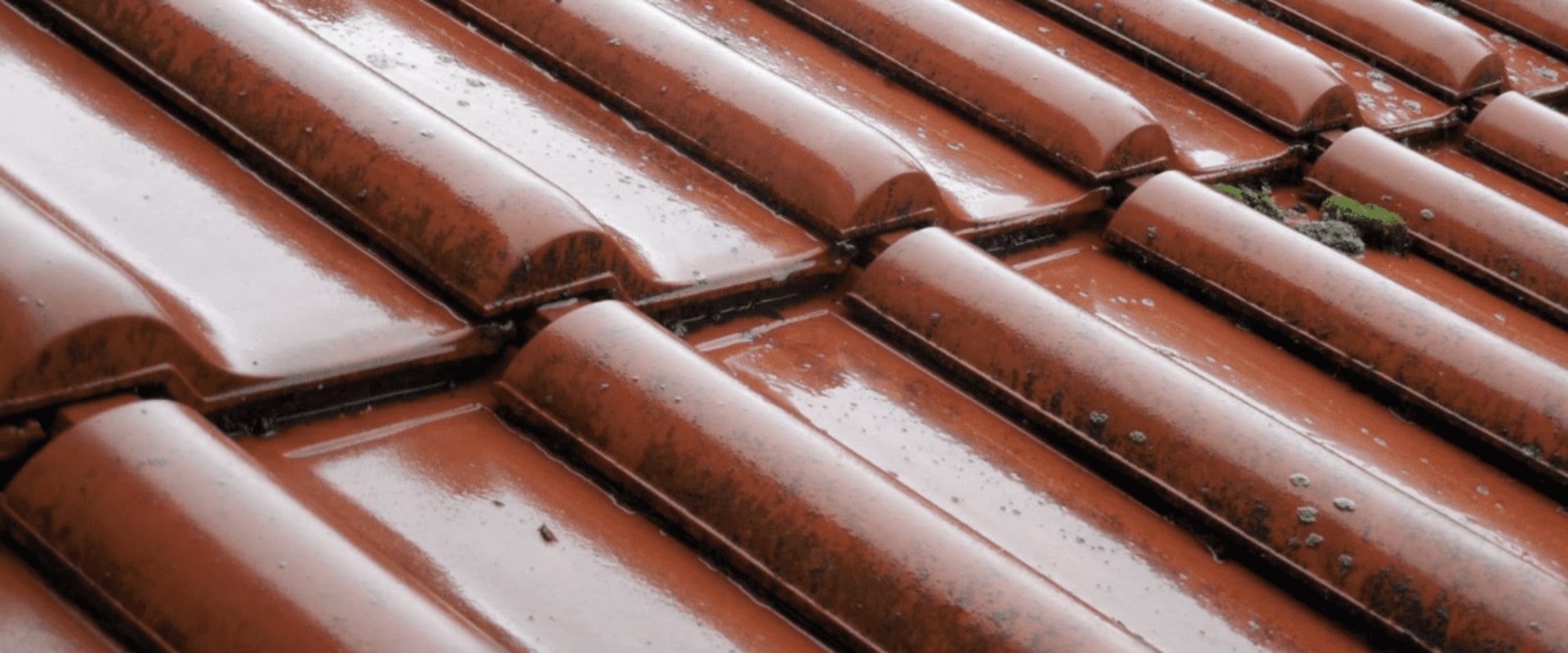


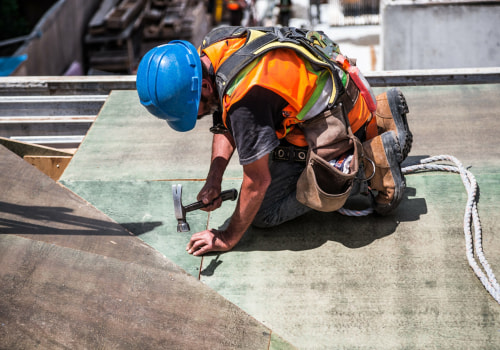
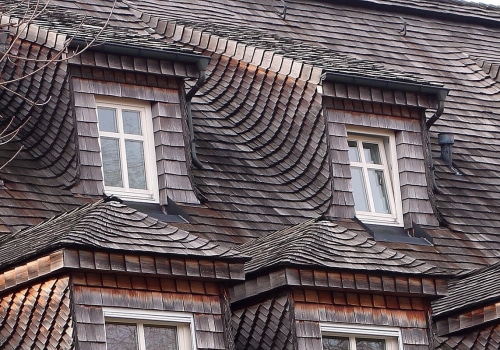
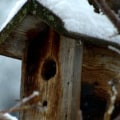
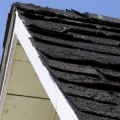

Leave Reply